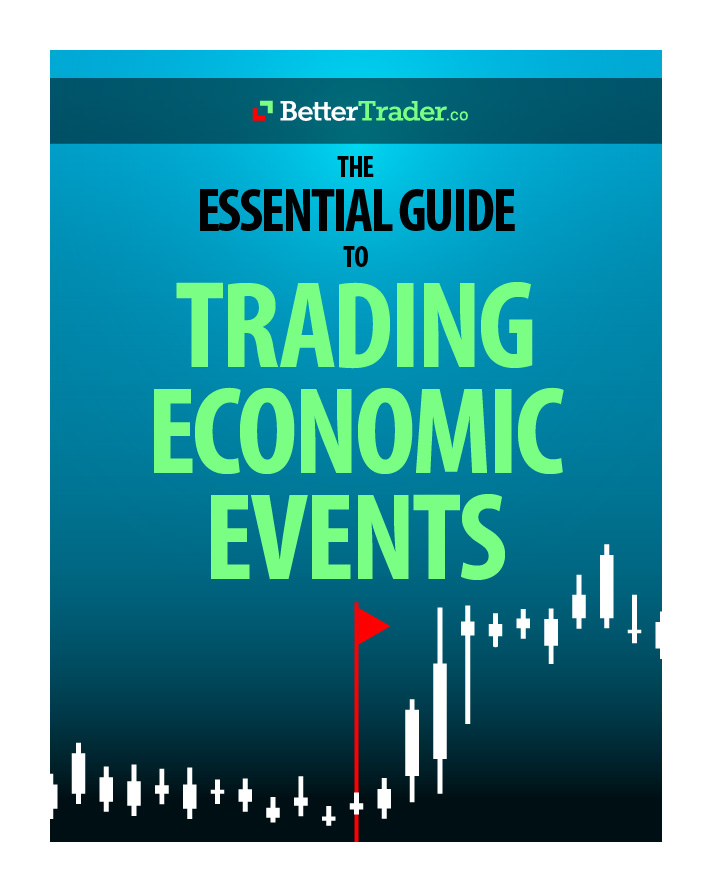Emotional trading. What is emotional trading? It’s exactly what it sounds like, trading with emotions rather logical analysis. People get caught up with their feelings and gut intuition rather follow a set plan that calculates risk vs reward.
Many people don’t even know how to calculate risk vs reward. What would be a good enough risk vs reward scenario in order for one to take a position in a market?
As humans, we are trained not to get accustomed to losing. We are constantly being told that we have to win and that losing is not an option. Our brains are not used to losing, but in trading losing is crucial. It’s not like we want to lose, but we need to learn how to react once the inevitable losses come. This is one of the main aspects of Risk vs Reward.
What is the ratio
Let’s begin with what a ratio is. The ratio is referring to the positive and negative. The distance between the entry point and the stop loss is considered the risk while the distance between the entry point and your profit target would be considered your reward. That is essentially the Risk vs. Reward ratio.
The misleading Ratio
Many people find themselves making trades that are too risky for the amount they put in. They are looking for the home run trades that give them 4:1 for the amount they put in. The issue with that strategy is that the odds of your trade being successful is a lot smaller.
As a trader, you want to look for the trades that will give you a 1.5 return on your 1 that you put in. These trades are a lot more consistent allowing one to make more money and stay in the game for the long run. This is not to say that 4:1 ratio trades don’t happen, it just happens much less than one would expect. As the famous quote goes, slow and steady wins the race.
Selectivity
When it comes to trading, one should try to find their niche. Try to find your market, your sweet spot, in which you are flourishing and are making money. On the flip side, there are many traders that try to get into as many trades and markets as they can and hope for the best. This usually results in losses and wiping out accounts quickly. As stated above, you’ll also want to make trades that have a positive expectancy (risk-reward ratio and success rate). The best type of trades are low risk, with moderate reward. Usually, these type of trades are boring, but they are a lot more consistent than high reward trades.
Patience
Former President of the United States, John Quincy Adams, once said, “Patience and perseverance have a magical effect before which difficulties disappear and obstacles vanish.” This quote can be transferred over to the trading world. If one learns how to master their patience, most of their trading problems will be resolved. You will get into less risky trades allowing your more sure trades to bring in positive gains.
We are constantly being told that we have to win and that losing is not an option. Our brains are not used to losing, but in trading losing is crucial.
Conclusion
When trading, one needs to make sure they aren’t rushing themselves into the market. If a trade is forced or rushed, most of the time it will result in a loss of money.
Here are the key points as to how to avoid this:
- Learn the reward-risk ratio that is needed
- Avoid the misleading ratio (the higher isn’t the better)
- Be Selective and master your patience
These key tips will push forward your trading career allowing more money to come in while relieving you of much stress.
Next Article:













